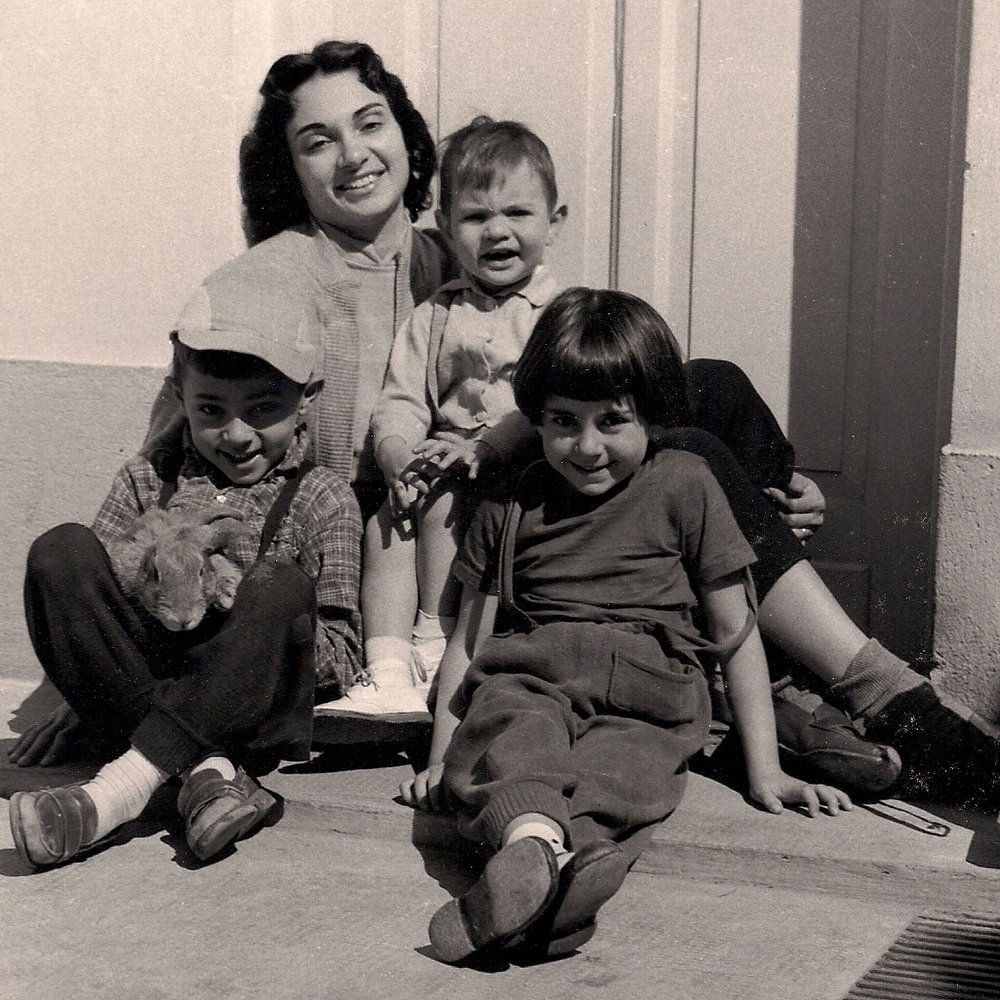Summary of an essay by Jerôme Carcopino (1953)
by Ruth Salles.
For a long time, research has been carried out on the magic square. This is the perfect palindrome:
R O T A S
O P E R A
T E N E T
A R E P O
S A T O R
or
S A T O R
A R E P O
T E N E T
O P E R A
R O T A S
In both dispositions, the palindrome retains the property of always forming the same mysterious words, whether they are read from left to right, from right to left, from bottom to top or from top to bottom.
There have been several speculations about its origin, believing, mainly, that this square came from magical practices of the Middle Ages, such as exorcisms, for example. Hypothetical translations of his words have been attempted, such as: “The sower carefully keeps the plow in the furrows” or “The Creator carefully keeps the world in its orbit.” It was discovered, however, that this figure was impregnated with Christian ideas and was used as an amulet against fires and against serious diseases. The sick person had to eat three hard pieces of bread, on which the square was cut, and at the same time he had to say the Our Father five times in memory of the five wounds of Christ on the cross. It was then arrived at the conclusion that it was really a hidden message of Christian origin, that is, a cryptogram, seeming to originate from a time much earlier than the Middle Ages.
Indeed, in its first three centuries, the life of Christianity was, as we know, a hidden life, due to persecutions. Christians gathered in a room in their dwellings, celebrated their agape behind closed doors, and buried their dead in underground galleries. In these profusely decorated catacombs, they dared not represent their god or openly express their faith. The Lord was veiledly personified, sometimes in the figure of the Good Shepherd who carries the straying sheep on his shoulder, sometimes in the figure of the lamb who, loaded with the sins of men, is immolated for their redemption. To name Jesus, they resorted to the subterfuge that consisted of forming the Greek word fish, whose letters are the initials of the five words: Jesus Christ Son of God Savior. Or they simply drew a fish. They hid the emblem of their faith, the cross, which appeared in disguise, like a ship's mast, an anchor, the scraggy letter Tau (T).
Gradually, researchers and archaeologists discovered the square engraved on furniture and on the walls of the ruins of Roman cities from the 3rd century, cities that used to house persecuted Christians, as was the case in Cirencester and Dona-Europos. In the Berlin museum, there are Coptic amulets from the 6th century that contain the square next to pious invocations to Jesus and Mary.
Finally, in 1926, the German Felix Grosser, a pastor in Chemnitz, in order to discover the secret of the square, instead of starting from preconceived ideas, started with the arithmetic of the text. He noticed that the letter N only appeared once, as the center of everything, and that there were seven more letters: the E and the S, appearing twice, and the A, the O, the P, the R and the T, consisting of four times. He concluded that the hidden text must consist of words repeated twice with the same number of letters on the vertical and horizontal arms of a Greek cross, with the N in the center. He then discovered that, as the Coptic amulets would have us believe, the square was associated with the prayer taught by Christ, as 21 of the 25 letters formed Pater Noster twice, in a cross, with the 4 remaining letters being two As and two Those who, instead of being an obstacle to this discovery, confirmed it, by the symbolism that Christians saw in the Greek letters alpha and omega (latinized there), which, from one end of the Greek alphabet to the other, embrace all possible words, as how the infinite greatness of God embraces the beginning and the end of all things. Therefore, the square was a device used by Christians, even in the Roman Empire, to profess, without revealing, a faith based on the cross and expressed through the Pater:
FOR
THE
T
AND
R
P A T E R N O S T E R
O
s
T
AND
R
A religious from Rome, who wished to remain anonymous, also warned of the existence of two crosses in the square, since, in addition to the dismembered cross above, within the square there is another one, formed by the two verbs TENET, whose Ts are equivalent to the Greek tau, used as a symbol of the cross of Christ. These Ts are always flanked by the letters THE and O, of alpha and omega.
R O T A S
O P E R A
T E N E T
A R E P O
S A T O R
A note is in order here, no longer taken from Jerôme Carcopino's essay, but from the book “O Som e o Sentido – uma outro História das Músicas”, by José Miguel Wisnik (1989).
Also writing the words of the palindrome linearly, we have another palindrome which, read backwards, reveals the same sentence:
R O T A S O P E R A T E N E T A R E P O S A T O R
1 2 3 4 5 6 7 8 9 10 11 12 12 11 10 9 8 7 6 5 4 3 2 1
Not counting the central N, we have 12 letters before it and 12 after it in reverse order, which resembles the serial scheme of twelve-tone music. By the way, the musician Anton Webern, in a letter to Hildegard Jones, reveals that his ideal for a series is the “Magic Square” we were talking about.
***








